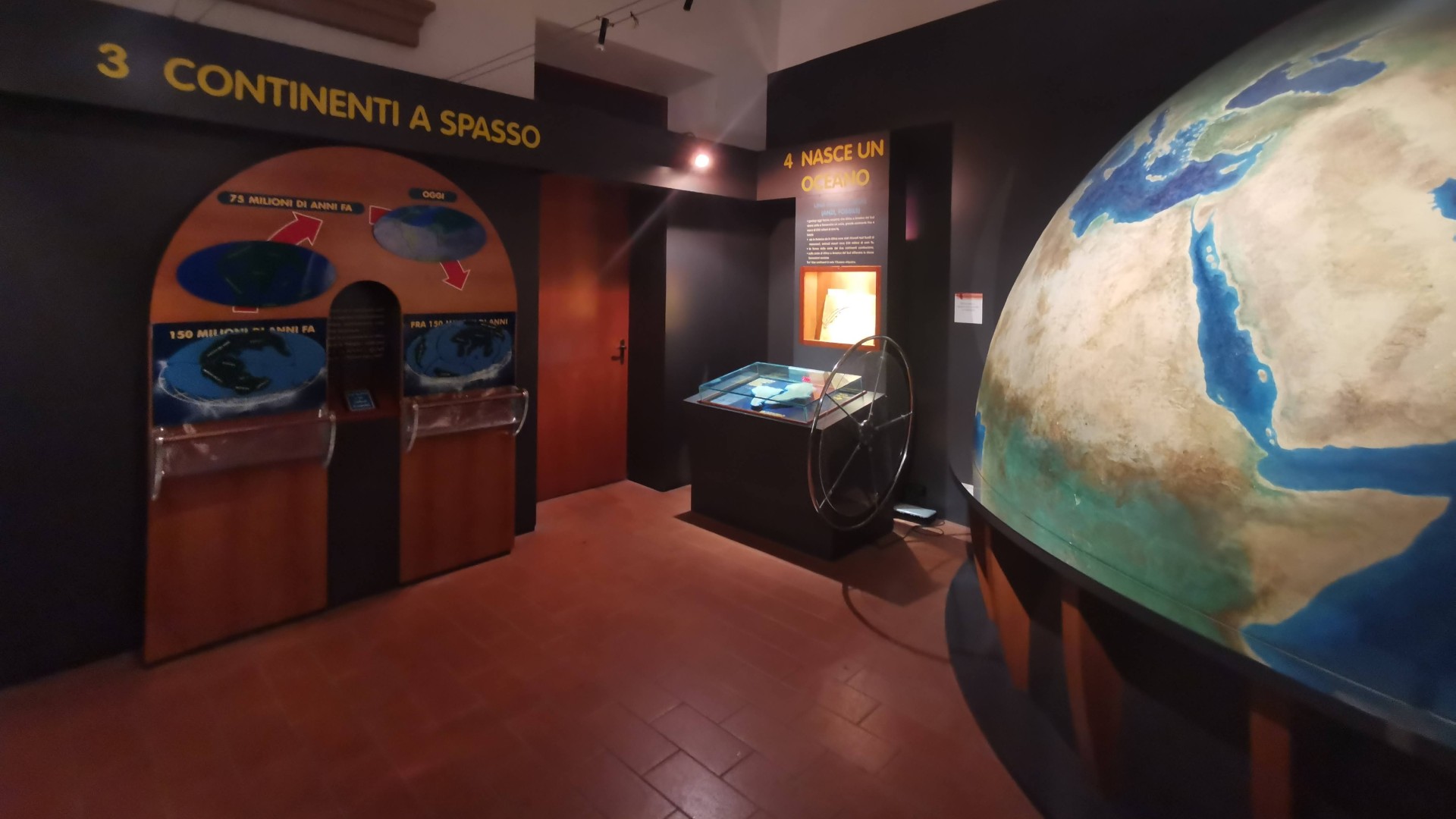Geolab

Going South of the city from Porta Romana, taking via della Misericordia, you arrive at the Geolab,
Museum Laboratory of Earth Sciences. The building, former Hospital for the Infirmi Poveri since 1852 and former Church of Mercy since 1635,
the year of its foundation, houses the Museum created by the Municipality of San Gemini and opened to
the public in April 1999. It is a permanent exhibition space dedicated to the discovery of Earth Sciences. A place designed
to tell how our planet is made and how it works, how Umbria was created and what are the mechanisms
that underlie its evolution. At Geolab it is forbidden not to touch: more than a museum, it is almost a laboratory, Geolab
houses a series of interactive machines that guide the visitor to observation and scientific
experimentation. The visit winds through five rooms, along a route which, like a sort of progressive zoom, accompanies
the visitor from the discovery of the structure of the Earth, to the study of the landscape and the
main geological emergencies of Umbria. The presentation video made by Piero Angela introduces the topics that will be treated. The first room opens with the discovery, thanks to a special lens, of the division of the Earth into
large plates. You then enter the centre of the Earth, to see what the interior of our planet is like. In the second room the visitor, with the help of an interactive model, discovers how mountain ranges
were born, why earthquakes occur and where volcanoes are formed. The third room brings us to the geodynamic events of the Mediterranean area and of Italy. The fourth room is dedicated to the birth of Umbria, to fossils and to the microscopic examination of
rocks. In the fifth room you can learn about the main phenomena and places of geological interest in Umbria.
Geolab is a great adventure, an environment full of stimuli and emotions where you actively
participate through original and fun experiments. Upstairs you can participate in laboratory experiences.
Discovering fossils Paleontology has the power to take us back in time, to a world made up of strange animals and plants;
the aim of the laboratory is to understand the importance of the fossil record in reconstructing the
history of the Earth. It starts with an explanation of what fossils are and why it is important to
study them. At this point, visitors have the opportunity to directly observe and "manipulate" a large
variety of fossils with particular attention to ammonites, fish and fossilized plants. Discovering the rocks We begin to talk about rocks, representing the main families into which geologists generally divide
them: sedimentary rocks, volcanic rocks and metamorphic rocks.
Rocks are aggregates of minerals but what are minerals and how do they differ? How can they be
classified? The purpose of all this is to stimulate the observation of rocks and their classification.
GEOLAB
Via della Misericordia, 1 - San Gemini (TR)
For info and booking
prolocosangemini@gmail.com